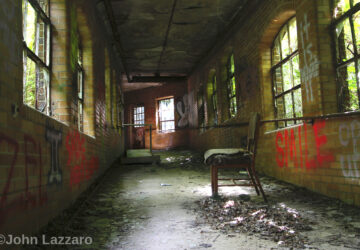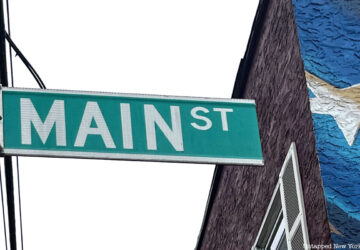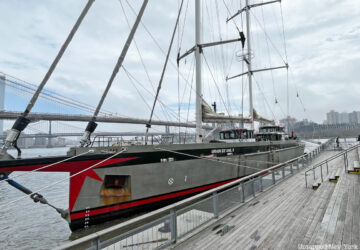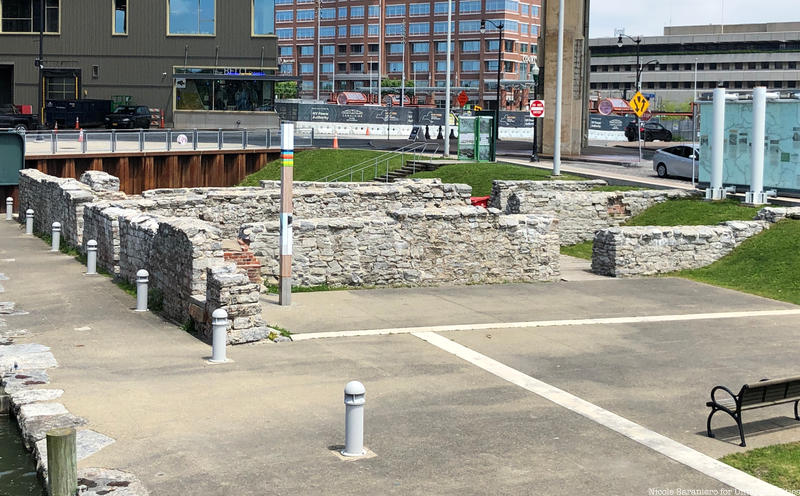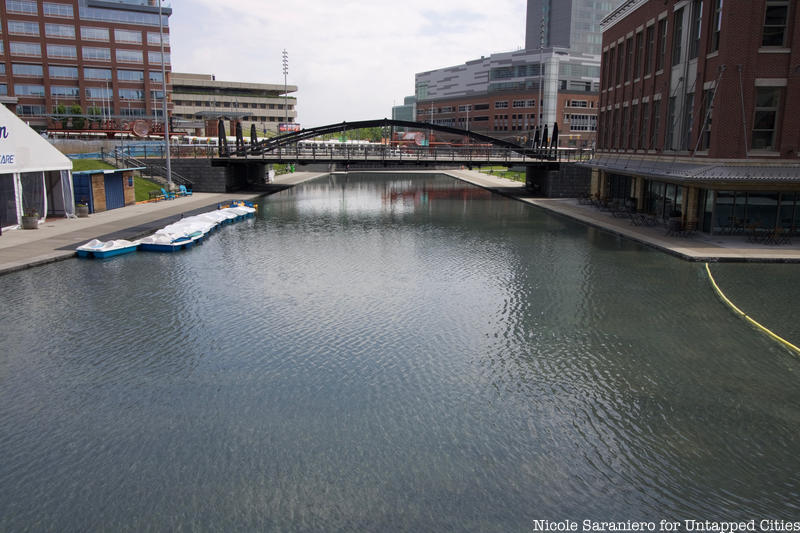Outdoor Spaces
8. Delaware Park
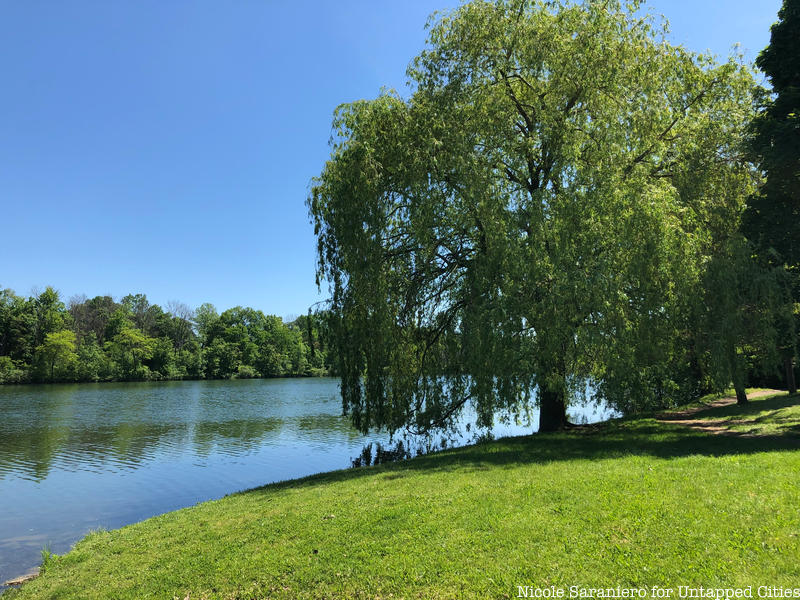
Frederick Law Olmsted, the famed landscape designer of Central Park, left his mark all over Buffalo. When contracted to create a park for the Great Lake city, Olmsted thought not one, but a system of multiple parks would best suit it. Together with Calvert Vaux, Olmsted created a system of six parks, seven parkways, eight landscaped circles and several smaller spaces spread across 850 acres. It was the first park and parkway system designed and built in the United States.
Delaware Park, at 350 acres, is the largest of the parks system. Designed 1868 through 1870, the “country park” embodies Olmsted and Vaux’s aesthetic of naturalistic landscape design. Intended for passive recreation, the park has rolling meadows, a forest and a twenty-three acre lake. Many historic buildings remain throughout the park such as the Parkside Lodge which serves as the offices for the Buffalo Olmsted Parks Conservancy and the Marcy Casino which was built in 1901 and now houses The Terrace restaurant. The oldest architectural structure in the park is the Ivy Bridge. Built in 1887 you can find it in the Rumsey Woods south of Hoyt Lake. Newer additions to the park include a Japanese Garden, playgrounds, a golf-course, tennis courts, and other sports facilities. The park is located steps away from Buffalo’s best museums and the Buffalo Zoo!
9. The Waterfront
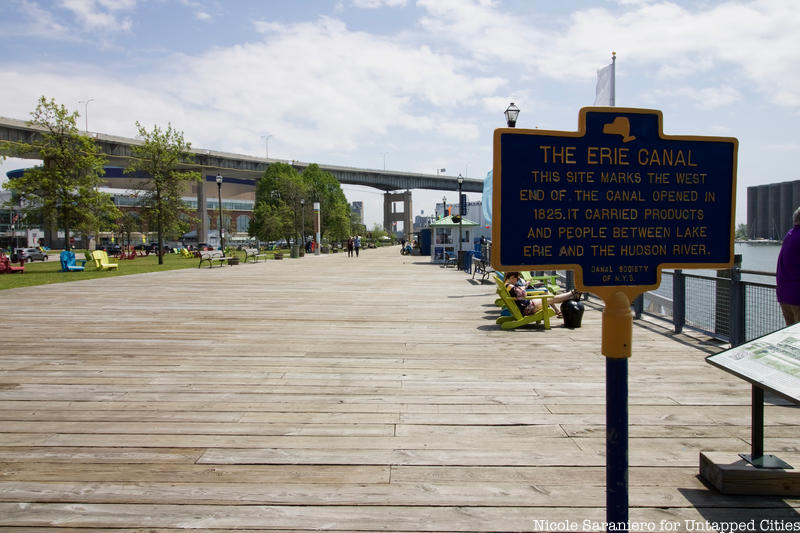
When the Erie Canal opened in 1825, the city of Buffalo was its western terminus. Connecting Lake Erie to the Hudson River, the canal opened up an important passageway for goods and resources to travel between the western United States and New York City then out across the Atlantic. Being at the end of the canal, Buffalo became a northeastern “Gateway to the West.” The two mini-Statue of Liberties at the top of the Liberty Building symbolize this gateway. Some even consider Buffalo the eastern most midwest city. Before steam powered engines, barges along the erie canal were pulled by horses or mules walking on the towpath that ran alongside the canal. The canal, along with railroad transportation, helped bolster Buffalo’s economy and population.
You can see the remnants of Buffalo’s bustling canal days in the foundation ruins located between the Commercial Slip and Lloyd Street. These are the vestiges of warehouses and brick buildings that once stood along the western terminus of the Erie Canal. With the advent of steam powered ships and absorption of the Erie Canal into the New York State Barge Canal System along with the Champlain, Oswego, and Cayuga–Seneca canals, parts of the old Erie became obsolete. In the 1930s it was filled in as part of a Works Progress Administration program. For decades the canalside sat abandoned and undeveloped.
Now, the waterfront is experiencing a resurgence. In the early 2000s part of the old Erie Canal and the Commercial Slip were restored. The area is turned into an ice rink in the winter. The surrounding shores are being built up with attractions like the brand new Explore and More Children’s Museum, the Buffalo and Erie County Naval and Military Park, and SharkGirl, a quirky public art piece created by Casey Riordan Millard. The waterfront is a great place to spend a sunny afternoon walking along the river or lounging in the Adirondack chairs which line the boardwalk.

